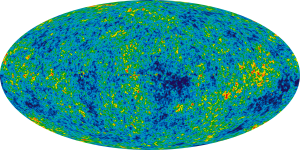Some patients become very nervous when undergoing imaging tests that use ionizing radiation, particularly CT scans. The usual fear is that these scans will increase the patient’s risk of future cancers due to radiation exposure.
The good news for CT patients is that these fears are largely overblown. A May 2013 study from the Mayo Clinic confirmed that radiation exposure below 100 mSv (millisievert, a measurement of radiation dose) presents risks that are too low to even be directly measured. CT scans can expose patients to 2-10 msv, depending on the type of scan. Full body CT scans will obviously be on the higher end, while more targeted scans like head CTs deliver only about 1-2 msv. Even multiple CT scans add up to only 20-30 msv, which is still considered to be very low radiation exposure.
To put these numbers in perspective, people are exposed to about 2-3 msv of radiation every year from normal environmental sources. In areas of high elevation, like Colorado, the environmental exposure can be as much as 10 msv a year. However, there is no observable increase in cancer rates.
The bottom line is that CT scans provide doctors and patients with useful information that cannot be obtained from other types of tests. If the test is done at a reputable diagnostic imaging center, the dose of radiation will be the lowest possible amount required to obtain a clear picture of the area in question. Those clear images help doctors develop life-saving treatment plans that well offset the risk of increased radiation exposure.
That said, patients should always ask their doctors and radiologists questions so they understand why CT scans are necessary, what the benefits and risks are, and whether there are any viable alternatives that do not use radiation. Patients can then rest assured that the benefits are greater than the extremely small risk of cancer from radiation exposure.






